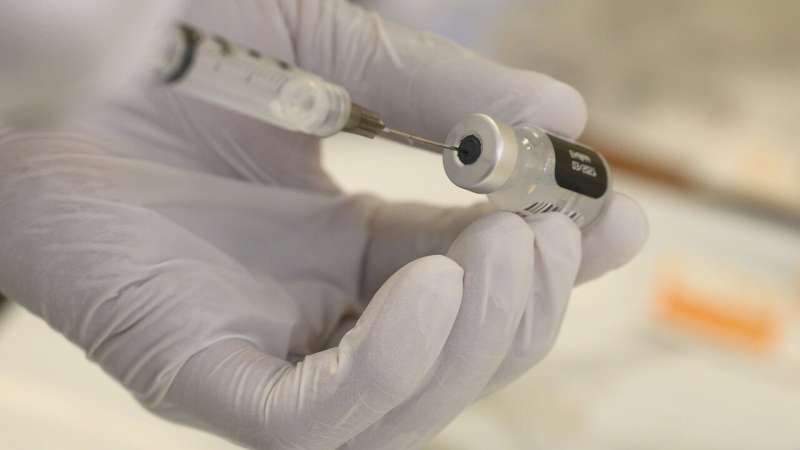Enhanced Management of Childhood EoE Inflammation Reduces Esophageal Stiffness

Controlling eosinophilic esophagitis (EoE) inflammation early in childhood reduces esophageal stiffening, lowering the risk of strictures and long-term complications, according to new research.
Recent research from Children's Hospital of Philadelphia (CHOP) and Children's Hospital Colorado highlights the importance of controlling eosinophilic esophagitis (EoE) inflammation during childhood to prevent long-term damage to the esophagus. The study demonstrates that better management of EoE-associated inflammation correlates with decreased esophageal stiffening, a factor that can lead to complications like strictures and narrowed esophageal passages. Using advanced imaging techniques such as Endoluminal Functional Lumen Imaging Probe (FLIP), researchers were able to assess esophageal distensibility—its capacity to expand—over time, providing a crucial marker for disease assessment.
EoE is a chronic allergic condition characterized by inflammation of the esophagus, leading to symptoms such as nausea, regurgitation, vomiting, abdominal pain, acid reflux sensations, difficulty swallowing, and frequent gagging. If left untreated, the persistent inflammation can result in tissue remodeling and fibrosis, causing the esophagus to narrow—a complication known as fibrostenosis.
This longitudinal study involved 112 pediatric patients aged 3 to 18 years, with follow-up periods extending beyond four years for some participants. The investigators found that patients whose tissue samples responded favorably to treatment showed significant improvements in esophageal distensibility. Notably, children with more severe narrowing or strictures tended to be diagnosed later, had longer disease durations, and exhibited reduced flexibility in the esophagus. Furthermore, baseline measurements of esophageal distensibility could predict the future need for dilation procedures to treat strictures.
The findings emphasize the critical role of early and sustained inflammation control to prevent esophageal stiffening and fibrosis. They also suggest that regular monitoring using FLIP technology could help identify patients at higher risk of progression to severe disease, enabling personalized treatment approaches. Future research at the molecular level may further clarify which patients are most vulnerable and optimize targeted therapies.
This study underscores that maintaining inflammation in check during childhood could significantly influence long-term esophageal health and reduce complications associated with EoE.
Source: https://medicalxpress.com/news/2025-08-childhood-eoe-inflammation-linked-esophageal.html
Stay Updated with Mia's Feed
Get the latest health & wellness insights delivered straight to your inbox.
Related Articles
Innovative Techniques Enhance Preservation of Hearts for Transplantation
Advances in heart preservation techniques are promising to increase the number of usable donor hearts, potentially saving thousands of lives affected by heart failure.
Understanding Why Preventive Mastectomy Isn't Accessible to All at-Risk Individuals
Preventive mastectomy can save lives but remains unevenly accessible, with disparities based on genetic risk factors. Learn why medical equity in breast cancer prevention is essential.
Large-Scale Study Finds No Increased Risk of Guillain-Barré Syndrome from mRNA COVID-19 Vaccines
A global study involving over 230 million people confirms that mRNA COVID-19 vaccines do not increase the risk of Guillain-Barré syndrome, while highlighting the higher risk associated with COVID-19 infection itself. Continuous safety monitoring supports the importance of vaccination in pandemic control.
Innovative Collaboration Enhances Symptom Monitoring for Multiple Sclerosis Patients
A collaborative effort between universities has led to an AI-powered app that passively monitors multiple sclerosis symptoms and predicts depression levels, enabling earlier intervention and personalized care.



